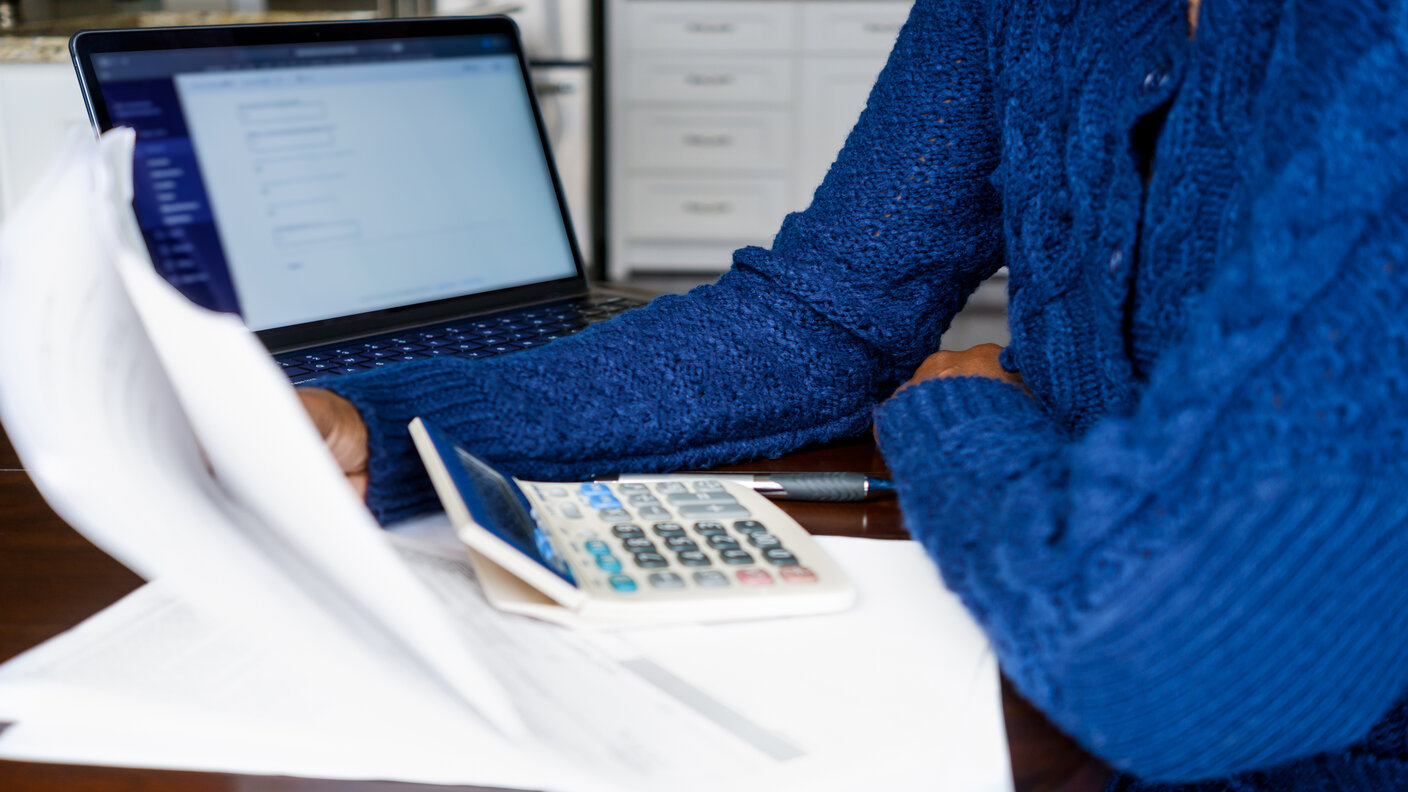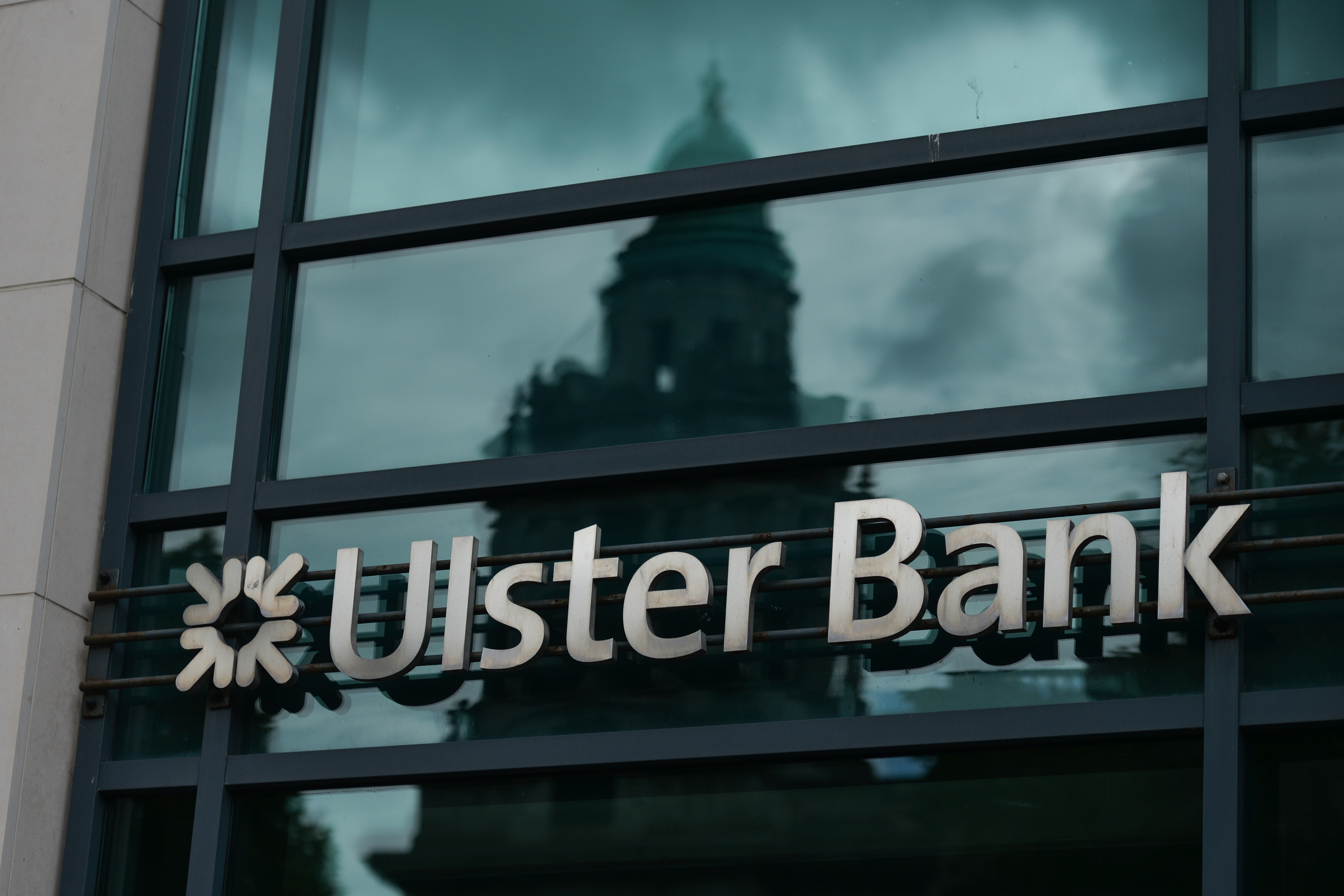7 ways to minimise your tax bill
We list ways to minimise your tax bill ahead of the tax freezes and allowance cuts that are coming into effect in April.


In his Autumn Statement, chancellor Jeremy Hunt announced a series of tax freezes and allowance cuts that are coming into effect in just under two months. As such, the amount of tax you pay from April 2023 is likely to go up.
Hunt announced personal allowance (the amount you can earn before you start paying tax) will remain frozen at £12,570 until 2028 instead of 2026 as previously planned.
The basic and higher-rate income tax thresholds, payable on anything from £12,570 and £50,271 respectively, have also been frozen for the next five years.
MoneyWeek
Subscribe to MoneyWeek today and get your first six magazine issues absolutely FREE

Sign up to Money Morning
Don't miss the latest investment and personal finances news, market analysis, plus money-saving tips with our free twice-daily newsletter
Don't miss the latest investment and personal finances news, market analysis, plus money-saving tips with our free twice-daily newsletter
Additionally, the 45% rate on income tax will now be applied to anything over £125,140 from £150,000 previously, and this will also remain the case until 2028.
On the face of it, these might not seem like tax increases. But frozen thresholds combined with rising wages mean more people will be pushed into a higher tax bracket - otherwise known as fiscal drag.
Thanks to this fiscal drag it’s estimated almost 1.5 million more people will be dragged into higher tax bands by 2027.
As well as these changes, the capital gains tax allowance will be cut over 50%, from £12,300 to £6,000 in April, and the dividend allowance will fall from £2,000 to £1,000.
With these changes coming into effect in a little over seven weeks, it makes sense to capitalise on existing current tax allowances today while they’re still available.
Now could also be a good time to review your finances and look at ways to protect your wealth from future tax hikes.
Read on to find out how to prepare your finances for the new tax year.
1. Start saving into an ISA…
Savers can hold up to £20,000 per tax year in an Individual Savings Account (ISA), either in cash or investments.
“ISAs are attractive for taxpayers because all income and capital gains are tax-free, allowing you to grow your wealth and withdraw investments when you want without fear of a hefty tax bill at the end,” says Alice Haine, personal finance analyst at Bestinvest.
“This really is a ‘use it or lose it’ tax allowance because once the April 5 deadline has passed, you cannot take it with you into the new year.”
Couples can save up to £40,000 (£20,000 each) into an ISA, “making it an allowance not to be missed particularly when you hear whispers of the Government exploring capping the total amount held in ISAs at £100,000,” says Haine.
It’s important not to leave opening or topping up your Isa to the last minute as online providers might need time to process applications or add funds.
Currently, you can get rates of up to 3% on an easy-access ISA with Virgin Money and 4% on one-year fixed-rate ISAs with Barclays. To make sure you’re getting the best rate, check our list of the best cash ISAs.
2. … Or consider a Bed and ISA
Some platforms offer a Bed and ISA service. A Bed and ISA transfer involves selling an investment held outside an ISA, then moving the funds into the ISA and using those funds to repurchase the same investment. That would then mean future dividends and gains are protected from the taxman.
“It also means that you will no longer have to declare them on your self-assessment tax return – so less hassle,” says Myron Jobson, senior personal finance analyst at interactive investor.
“If you’re planning on using the bed and ISA rules, it’s worth doing it at least a few weeks before the tax year-end to make sure it goes through in time.”
Bear in mind that depending on your circumstances there might be CGT implications.
“Bed & Isa action is treated as a sale for CGT purposes,” says Jobson. “This means that gains that exceed the current annual CGT allowance of £12,300 is liable to tax.”
3. Use up your Capital Gains Tax allowance
Currently, investors can make investment gains of up to £12,300 before they are liable for tax Capital Gains Tax.
This tax allowance will be cut by over 50% in April, meaning investors will only be able to make gains of £6,000 before they have to pay tax on them.
“It means it’s doubly important to consider whether it’s worth cashing in some gains this year, up to the annual limit, so you don’t have to pay tax on them in future years,” says Laura Suter, head of personal finance at AJ Bell.
4. Top up your pension
If you can afford to top up your pension, this could be a lucrative way to save money. Money invested in pensions benefits from compound interest over the long-term, which can not only counteract the effects of high inflation but also protect against tax as the contributions benefit from tax relief.
“The UK tax system is far from simple and it means it’s very easy to slip up and end up paying more tax than you need,” says Suter.
“Anyone hitting £100,000 of income starts to lose their tax-free personal allowance, at a rate of £1 for every £2 they earn over the threshold. This means that you end up paying an effective tax rate of 60% on this income, which is very high. By funnelling money into pensions, you can bring your income back down below this level and not be hit by the higher tax.”
“There are lots of other examples: the threshold for child benefit at £50,000, losing your tax-free childcare at £100,000, seeing your Personal Savings Allowance slashed in half if you become a higher-rate taxpayer, to name a few,” Suter continues. “Take a look at your earnings this tax year and see if making a little pension contribution could stop you slipping into a tax trap.”
But if you think you might need access to extra money in the short term, this might not be the best idea.
You cannot touch your pension until you are 55, and that will increase to 57 in 2028. Remember – you can carry forward any unused annual allowance from the last three years.
“So, use up your allowances in the run-up to the end of the tax year in April, particularly if you are a higher earner,” says Haine.
5. Transfer assets to your spouse
Transferring assets to your spouse or civil partner can be done without resulting in a tax bill. If a couple shares assets, they can both take advantage of their allowances and save on tax.
“The balance can be held by the spouse paying the lower rate of tax,” says Sarah Coles, senior personal finance analyst at Hargreaves Lansdown.
Only married couples and civil partners can transfer assets tax-free. Additionally, once you transfer shares, funds, or cash, your partner will become the full legal owner of the assets.
6. Consider a salary sacrifice
If you want to reduce your amount of taxable income you could opt for a salary sacrifice scheme.
“This arrangement allows employers to reduce employees’ salary and pay the equivalent amount into a non-cash benefit such as pension contributions and a cycle-to-work scheme,” says Jobson.
“Think of a pension as deferred income and this seems like a good way to reduce your overall NI bill without reducing your income, if you are happy to take it after age 55 instead.”
“However, a lower salary can affect entitlements such as maternity/paternity pay mortgage applications based on one’s income and some state allowances,” adds Jobson. “As such, people should always consider how such benefits could impact their finances more broadly.”
7. Set up a Junior ISA.
The savings limit for Junior ISAs is £9,000. If you have a lump sum of cash as a result of a sale of assets, or in a savings pot, you could add it to your child’s ISA before the tax year ends in April to get ahead of the tax increases.
“Another option is opening a Junior SIPP for your child (or grandchild),” says Suter. “You can pay in up to £2,880 each year, with Government tax relief automatically boosting that to £3,600.”
Your child won’t be able to access their JISA until they’re 18, at which point it will be transferred into their name.
A Junior SIPP is “very much a long-term play”, says Suter, as your child won’t be able to access the money until they are at least 57 – potentially later if the government increases the retirement age.
Get the latest financial news, insights and expert analysis from our award-winning MoneyWeek team, to help you understand what really matters when it comes to your finances.
Nic studied for a BA in journalism at Cardiff University, and has an MA in magazine journalism from City University. She has previously worked for MoneyWeek.
-
 Why you fear money – and how to fix it: MoneyWeek Talks
Why you fear money – and how to fix it: MoneyWeek TalksPodcast MoneyWeek's digital editor, Kalpana Fitzpatrick, speaks to financial psychotherapist Vicky Reynal about how to change your money mindset for the better.
-
 How cancelling unused direct debits could boost your pension by £37,000
How cancelling unused direct debits could boost your pension by £37,000A new year refresh of your spending could save you money and help boost your pension pot.
-
 Act now to bag NatWest-owned Ulster Bank's 5.2% easy access savings account
Act now to bag NatWest-owned Ulster Bank's 5.2% easy access savings accountUlster Bank is offering savers the chance to earn 5.2% on their cash savings, but you need to act fast as easy access rates are falling. We have all the details
-
 Moneybox raises market-leading cash ISA to 5%
Moneybox raises market-leading cash ISA to 5%Savings and investing app MoneyBox has boosted the rate on its cash ISA again, hiking it from 4.75% to 5% making it one of top rates. We have all the details.
-
 October NS&I Premium Bonds winners - check now to see what you won
October NS&I Premium Bonds winners - check now to see what you wonNS&I Premium Bonds holders can check now to see if they have won a prize this month. We explain how to check your premium bonds
-
 The best packaged bank accounts
The best packaged bank accountsAdvice Packaged bank accounts can offer great value with useful additional perks – but get it wrong and you could be out of pocket
-
 Bank of Baroda closes doors to UK retail banking
Bank of Baroda closes doors to UK retail bankingAfter almost 70 years of operating in the UK, one of India’s largest bank is shutting up shop in the UK retail banking market. We explain everything you need to know if you have savings or a current account with Bank of Baroda
-
 How to earn cashback on spending
How to earn cashback on spendingFrom credit cards and current accounts to cashback websites, there are plenty of ways to earn cashback on the money you spend
-
 John Lewis mulls buy now, pay later scheme
John Lewis mulls buy now, pay later schemeThe CEO of John Lewis has said the retailer will consider introducing buy now, pay later initiatives for lower-priced items.
-
 State pension triple lock at risk as cost balloons
State pension triple lock at risk as cost balloonsThe cost of the state pension triple lock could be far higher than expected due to record wage growth. Will the government keep the policy in place in 2024?
